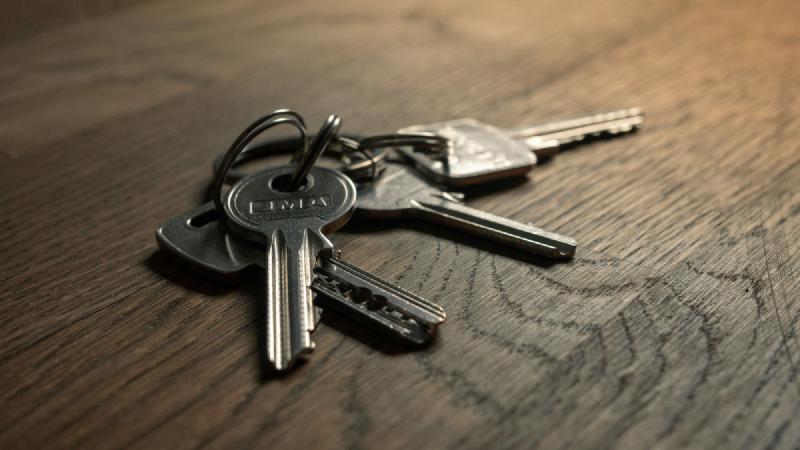Keycloak allows us to import and export realms, which can make it much easier to share configurations amongst team members.
Exporting an existing realm
The following instructions to export a realm from Keycloak will assume the use of a docker compose file similar to this.
| |
The easiest way to export a realm when using docker compose is to add a second compose file. Call this docker-compose.export.yml.
| |
Run the following in your terminal to export the configured realm.
docker-compose -f "docker-compose.yml" -f "docker-compose.export.yml" up --exit-code-from keycloak
You should now have a directory called output that contains a file called local-dev-realm.json. This file can be imported manually when creating a new realm, or Keycloak can be configured to automatically import this realm when the service starts (attempting to import an already-existing realm will fail to prevent overwrites).
An important caveat to note is that Keycloak is designed to export from a stopped server, meaning you will need to ensure that your configuration has been persisted through some means.
Keycloak also allows for multiple options when it comes to if and how users should be exported. The example above uses the simpler approach of combining them into the realm file. See the Keycloak documentation for more details.
Importing a realm from a file
The updated Docker compose file below uses a bind mount to an import directory. Once any realm.json files have been exported, placing the files in the import directory will allow Keycloak to automatically pick those realms up and import them on first run.
Update your docker-compose.yml to the following and run by calling docker-compose up -d in your terminal.
| |
Note the removal of the persisted Docker volume — this effectively gives us an auth server that can be modified on the fly, but will reset back to the exported realm whenever it restarts.
As Keycloak won’t overwrite an existing realm with the import method, the Docker volume can always be reintroduced and will essentially mean our import file serves as a starting point upon which changes can be persisted.
